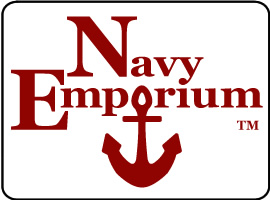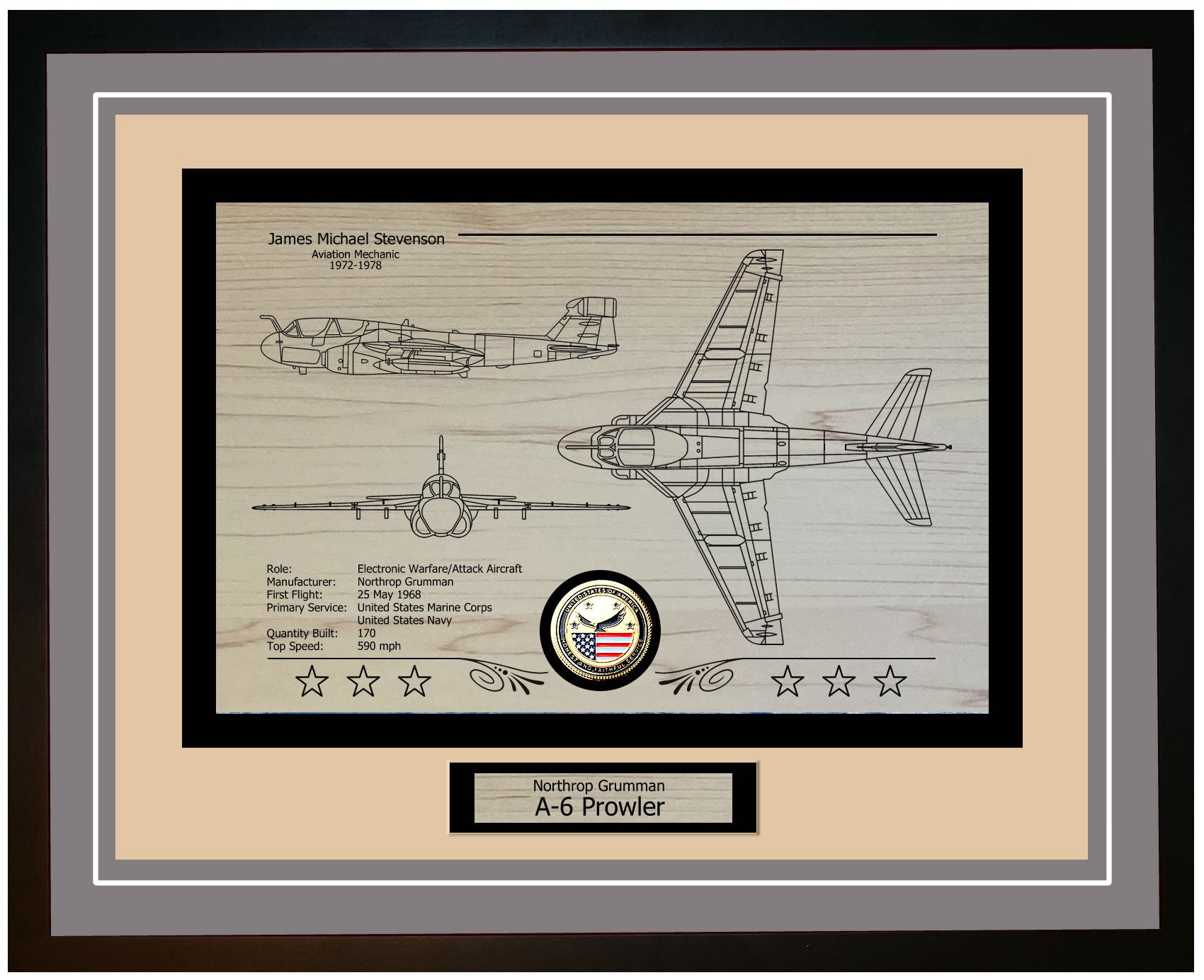The USS Rhodes (DE 384) was a destroyer escort of the John C. Butler class, built during World War II. Construction began on April 19, 1943, at the Brown Shipbuilding Company in Houston, Texas, a shipyard known for producing vessels during the war. Launched on June 30, 1943, it was officially commissioned on October 25 of the same year. The creation of the USS Rhodes aimed to strengthen the United States Navy's ability to combat submarines, which was crucial due to the threat posed by German U-boats in the Atlantic Ocean.
The ship was named after Ensign James Rhodes, an aviator who posthumously received the Navy Cross for his heroism during the Battle of Midway. Ensign Rhodes demonstrated courage and skill that greatly contributed to America's victory in the Pacific Theater. Naming the vessel in his honor served as a tribute to his sacrifice and symbolized the bravery and commitment expected from those serving aboard the USS Rhodes.
Notable features of the USS Rhodes included its armament and design specifically tailored for submarine warfare. It was equipped with three 3-inch/50 caliber guns, two 40 mm anti-aircraft guns, and ten 20 mm anti-aircraft cannons. It also had depth charge launchers and a hedgehog anti-submarine mortar, essential for safeguarding convoys and tracking down enemy submarines. The ship's construction prioritized speed and maneuverability, enabling it to shield vessels from underwater dangers.
The USS Rhodes made a lasting impact on the U.S. Navy through its role in escorting convoys and conducting submarine operations during World War II. It helped protect Allied shipping routes, ensuring the transit of troops, supplies, and equipment vital to the war effort. The effectiveness of destroyer escorts like the USS Rhodes in combating U-boats significantly influenced the outcome of the Battle of the Atlantic, ultimately contributing to the Allies' victory.
As part of the John C. Butler class, the USS Rhodes belonged to a group of destroyer escorts known for their adaptability and efficiency. While these ships were smaller and heavily armed compared to destroyers, their speed and agility made them well-suited for their designated tasks. The primary objective of the John C. Butler class vessels was to provide protection against submarines and aircraft for convoys and task forces—a duty that the USS Rhodes fulfilled throughout its service.
The USS Rhodes played a crucial role in the Navy's efforts to combat submarines. The sailors on board received training to excel in using technologies and strategies essential for their tasks. During its service, the USS Rhodes showcased the significance of destroyer escorts in safeguarding naval operations, influencing naval warfare, and aiding in the triumph of Allied forces during World War II.
USS Rhodes DE-384: A Technological Marvel of Naval Warfare
In the era of World War II, the USS Rhodes (DE 384) stood out as a formidable destroyer escort in the John C. Butler class. Measuring 306 feet long with a beam of 36.58 feet and a draft of 13 feet, this compact yet powerful vessel was known for its adaptable design. Crafted from welded steel, the hull offered a blend of strength and flexibility to withstand the challenges of battle. The ship's superstructure was carefully planned to optimize visibility and operational efficiency, featuring a bridge that provided a clear view of the surrounding seas. Its layout was designed to ensure easy access to all systems for maintenance and operation.
In terms of technology, the USS Rhodes boasted cutting-edge systems for its time. Powered by two General Electric turbo-electric drive engines generating a combined output of 12,000 shaft horsepower, this propulsion setup allowed the ship to reach speeds of up to 24 knots. This capability made it agile enough for escort and anti-submarine missions. The ship also featured advanced radar and sonar systems, including the SL surface search radar and QHB sonar, which were crucial for detecting enemy submarines and surface vessels. These technologies enabled the USS Rhodes to effectively carry out its submarine warfare duties, a key task for destroyer escorts during that period.
Regarding armament, the USS Rhodes was well-equipped to handle threats from both surface and aerial sources. Its main armament included two 5-inch/38 caliber dual-purpose guns, capable of engaging both surface targets and aircraft. These guns were placed in turrets at the front and rear of the ship, providing comprehensive firing coverage. It was also armed with two twin 40 mm Bofors anti-aircraft guns and ten 20 mm Oerlikon cannons, ensuring strong defense against enemy aircraft at close range. With this array of weapons, the USS Rhodes could protect itself and its convoy from danger.
The ship's anti-submarine capabilities were also impressive. It was equipped with three 21-inch torpedo tubes designed to launch Mark 15 torpedoes specifically targeting enemy submarines. Additionally, the vessel featured two tracks for depth charges and eight K-gun depth charge launchers, allowing it to release a series of depth charges to counter threats. The incorporation of the Hedgehog submarine mortar, a weapon that projected contact-fused projectiles forward, significantly enhanced the ship's effectiveness in anti-submarine warfare. This full array of armaments ensured that the USS Rhodes posed a serious threat to enemy submarines and served as a safeguard for Allied naval units.
USS Rhodes DE-384 Crew Member Reports of Time Aboard
The USS Rhodes (DE-384) holds a special place in the hearts of its former crew members, as evidenced by the memories shared in its guestbook. Two former sailors, Robert Cole and Charles Oster, have provided glimpses into their time aboard the ship, particularly during the years 1959 and 1960.
Robert Cole, who served as an Electronics Technician Second Class (ET2) in 1959, reflects on his time aboard the USS Rhodes with a sense of nostalgia. He expresses a desire to reconnect with that period of his life, indicating that it was a time he enjoyed immensely. Cole's brief but heartfelt message suggests that his experiences on the ship were significant and memorable, and he hopes to find others who shared those moments with him.
Charles Oster, who also served aboard the USS Rhodes in 1959, provides a more detailed account of his service. As a Damage Controlman Second Class (DC2), Oster recalls his time on picket duty during 1959 and 1960. He mentions serving alongside his brother, which adds a personal and familial dimension to his naval service. However, due to the Sullivan Law, which prevents siblings from serving on the same ship, Oster was transferred to the tender Grand Canyon. He eventually left the service at the end of 1964 with the rank of DC2. Oster's account highlights the camaraderie and unique challenges faced by those who served on the USS Rhodes, as well as the impact of military regulations on their service.
Together, these memories paint a vivid picture of life aboard the USS Rhodes during the late 1950s and early 1960s. The shared experiences of Cole and Oster underscore the strong bonds formed among the crew and the lasting impact of their time in the Navy.
USS Rhodes DE-384: Evolution of a Naval Guardian
The USS Rhodes (DE 384) underwent enhancements throughout its years of service, ensuring it retained its position within the U.S. Navy. Initially commissioned in 1943, the vessel was equipped with cutting-edge anti-submarine warfare technology, including depth charge projectors and Hedgehog anti-submarine mortars. As advancements in warfare technology progressed, the USS Rhodes received updates to its radar and sonar systems, improving its ability to detect and track targets. These upgrades played a crucial role in maintaining the ship's efficiency, especially during the Cold War period when submarine threats were significant.
The mission capabilities of the USS Rhodes were varied, reflecting the changing requirements of the U.S. Navy. Primarily serving as a destroyer escort, its main purpose was to safeguard convoys and larger ships from enemy submarines and aircraft. With its ASW suite, it excelled in detecting and engaging enemy submarines proactively. Armed with anti-aircraft guns, it also provided an additional layer of defense against aerial assaults. Over time, the ship's duties expanded to include search and rescue missions, coastal patrols, and joint naval exercises with allied forces, highlighting its versatility and adaptability.
The USS Rhodes made a significant impact on the fleet during World War II and the early Cold War era. Throughout World War II, the ship played a crucial role in safeguarding convoys during the Battle of the Atlantic, guiding them through dangerous waters to ensure the safe transport of essential resources and personnel. Its presence acted as a deterrent to enemy submarines and provided protection for merchant ships.
Post-war, the USS Rhodes remained vital to the Navy's submarine warfare strategy by participating in various training exercises and patrols aimed at countering the escalating Soviet submarine threat. Its reliability and effectiveness earned it respect among its peers. Beyond its duties, the USS Rhodes also contributed to promoting international collaboration and goodwill. The ship frequently participated in exercises with allied navies, enhancing coordination and strengthening relations. These interactions not only improved the crew's skills but also showcased America's commitment to collective security.
The history of the USS Rhodes reflects a dedication to flexibility and top-notch performance, mirroring the core principles and objectives of the U.S. Navy. Its operational legacy underscores the significance of destroyer escorts in safeguarding national interests and facilitating worldwide naval missions.
USS Rhodes DE-384: Guardian of the Seas – A Chronicle of Valor and Service
The USS Rhodes (DE 384) had a significant impact on important missions during its active duty, particularly in World War II. Launched in 1943, the ship primarily served in the Atlantic Theater, where its main task was to escort convoys through the North Atlantic. These convoys were vital for keeping supply lines open between the United States and its European allies. The Rhodes played a crucial role in safeguarding these convoys from U-boats, which posed a serious threat to Allied shipping. With its sonar and radar systems, along with the expertise and alertness of its crew, it effectively countered enemy submarines.
In addition to convoy protection duties, the USS Rhodes participated in naval battles. One noteworthy contribution was during the Battle of the Atlantic, where it was instrumental in submarine warfare efforts. The crew displayed courage and strategic thinking by engaging and sinking multiple enemy submarines. This not only secured essential supply routes but also weakened the threat posed by German U-boats. The actions of the Rhodes during these engagements showcased the ship's capabilities and the crew's commitment to their mission.
Throughout its service, the USS Rhodes received numerous awards and accolades, demonstrating its significant contributions to the war effort. The ship was honored with the American Campaign Medal, the European-African-Middle Eastern Campaign Medal with two battle stars, and the World War II Victory Medal. These recognitions acknowledged the ship's performance across operational zones and its pivotal role in securing victory for the Allies. The awards also emphasized the teamwork and resilience exhibited by the Rhodes crew, who faced challenging and often dangerous circumstances.
Following World War II, the USS Rhodes continued to excel during the Cold War. Engaged in training exercises and patrol missions, the ship played a vital role in maintaining readiness for the U.S. Navy amidst evolving global threats. Despite being decommissioned in 1946, the legacy of USS Rhodes (DE 384) lives on. The ship's rich history and its crew's bravery serve as a source of inspiration and pride, highlighting its enduring significance in safeguarding national security and global peace.
USS Rhodes DE-384 Ship Specifications
| Specification | Details |
|---|---|
| Class | Edsall Class Destroyer Escort |
| Commissioned | October 25, 1943 |
| Displacement | 1,590 tons |
| Length | 306 feet |
| Beam | 36.8 feet |
| Draft | 12.3 feet |
| Speed | 21 knots |
| Complement | 209 |






